1.
Introduction
In this paper, we study the pointwise long time behavior of the solution for the nonlinear wave equation with frictional and visco-elastic damping terms
in multi-dimensional half space Rn+:=R+×Rn−1, with absorbing and radiative boundary condition
x=(x1,x′) is the space variable with x1∈R+:=(0,∞), x′=(x2,⋯,xn)∈Rn−1, t>0 is the time variable. ν1 and ν2 are positive constant viscosities, a1 and a2 are constants. The Laplacian Δ=∑nj=1∂2xj, f(u) is the smooth nonlinear term and f(u)=O(|u|k) when k>0.
Over the past few decades, many mathematicians have concentrated on solving different kinds of damped nonlinear wave equations. The first kind is called the frictional damped wave equation, which is given as follows
see [9,19,20,23] for the references. It is showed that for the long time, the fundamental solution for the linear system of (3) behaves like the Gauss kernel e−|x|2C(t+1)(t+1)n2. The second kind is called the visco-elastic damped wave, which is given by the following
One can refer to [22] for the decaying rate of the linear solution, [11,12] for the asymptotic profiles of the linear problem, [4,21] for the nonlinear equation, etc. In [9], the authors studied the fundamental solution for the linear system of (4). The results show that the hyperbolic wave transport mechanism and the visco-elastic damped mechanism interact with each other so that the solution behaves like the convented heat kernel, i.e., e−(|x|−ct)2C(t+1)(t+1)3n−34 for the odd dimensional case and e−(|x|−ct)2C(t+1)(t+1)3n−14+H(ct−|x|)(1+t)3n−24(ct−|x|+√t)12 for the even dimensional case. The solution exhibits the generalized Huygens principle. For other damped wave equations, one can refer to [2,27] for the damped abstract wave equation, and [14,15,16] for the existence and large time behavior of the solutions for the Cauchy problem of mixed damping (both frictional and visco-elastic damping terms are involved) wave equation.
For the initial-boundary value problem of the different damped wave equations, many authors studied the global well-posedness existence, long time behaviors, global attractors and decaying rate estimates of some elementary wave by using delicate energy estimate method, for example [1,13,25,26,28,29]. In this paper, we will use the pointwise estimate technique to give the long time behavior of the solution for system (1) with boundary condition (2). The main part of this technique is the construction and estimation of the Green's functions for the following linear systems:
The way of estimating the Green's functions Gi was initiated by [17] and developed by [3,5,6,8,10,18,24] and the reference therein. Following the scheme in [10], we will find the relations between the fundamental solutions for the linear Cauchy problem and Green's functions for the linear half space problem, by comparing their symbols in the transformed tangential-spatial and time variables. Then the Green's functions can be described in terms of the fundamental solutions and the boundary surface operator.
With the help of the accurate expression of Green's functions for the linear half space problem and the Duhamel's principle, we get the pointwise long time behavior for the nonlinear solution ∂αxu, |α|≤1. We only treat the case a1a2<0. The boundary condition of Dirichlet type (a1=0) and Neumann type (a2=0) are much simpler. For the case of a1a2>0, the linear problem is unstable. The main results of our paper are given as follows:
Theorem 1.1. Let n=2,3 be the spatial dimension, k>1+2n. Assume the initial data (u0(x),u1(x))∈(Hl+1∩Wl,1)×(Hl∩Wl,1), l≥[n2]+2, and satisfy
ε sufficiently small, then there exists a unique global classical solution to the problem (1) with the mixed boundary condition (2) while a1a2≤0. The solution has the following pointwise estimate:
Moreover, we get the following optimal Lp(Rn+) estimate of the solution
Remark 1. We can develop a similar theorem for the case of higher space dimension with a suitable choice of k which guarantees the existence of the solution. In Section 2.2, the approximation used in the calculation of the singular part depends on the space dimension. One could modify the short wave part expression of Green's functions for the linear half space problem to prove the results for the general case.
Notations. Let C and O(1) be denoted as generic positive constants. For multi-indices α=(α1,⋯,αn), ∂αx=∂α1x1⋯∂αnxn, |α|=∑ni=1αi. Let Lp denotes the usual Lp space on x∈Rn+. For nonnegative integer l, we denote by Wl,p(1≤p<∞) the usual Lp− Soblev space of order l: Wl,p={u∈Lp:∂αxu∈Lp(|α|≤l)}(l≥1),W0,p=Lp. The norm is denoted by ‖⋅‖Wl,p= ‖u‖Wl,p=∑|α|≤l‖∂αxu‖Lp. When p=2, we define Wl,2=Hl for all l≥0. We denote Dδ:={ξ∈Cn||Im(ξi)|≤δ,i=1,2,⋯,n}. Introduce the Fourier transform and Laplace transform of f(x,t) as follows:
The rest of paper is arranged as follows: in Section 2, we study the fundamental solutions for the linear Cauchy problem and give a pointwise description of the fundamental solutions in (x,t) variables. We also describe the fundamental solutions in other transformed variables. In Section 3, the Green's functions for the half space problem are constructed in the transformed tangential-spatial and time domain. By comparing the symbols in the transformed space, we get the relationship between the fundamental solutions and the Green's functions. Finally in Section 4, we give the long time behavior of the solution for the nonlinear problem. Some useful lemmas are given in Appendix.
2.
Fundamental solutions for the linear Cauchy problem
2.1. Fundamental solutions in (ξ,t) variables
The fundamental solutions for the linear damped wave equations are defined by
Applying the Fourier transform to (7) and (8) in the space variable x, one can compute the fundamental solutions Gi(ξ,t) (i=1,2) in the Fourier space,
2.2. Fundamental solutions in (x,t) variables
In [16], authors have studied the pointwise estimates of the fundamental solutions by long wave-short wave decomposition in the Fourier space. Here we will use the local analysis and inverse Fourier transform to get the pointwise structures of the fundamental solutions in the physical variables (x,t). Outside the finite Mach number region |x|≥3(t+1), one can use the weighted energy estimates to get the exponentially decaying estimates of solution in time and space. Inside the finite Mach number region |x|≤4(t+1), we will use the long wave short wave decomposition to get the long wave regular parts and short wave singular parts. Here the long wave and short wave are defined as follows:
with the parameter ε0≪1, the Heaviside function H(x) is defined by
Long wave component. When |ξ|≤ε0≪1, we have the following Taylor expansion for σ± and σ+−σ−:
Then
So we can approximate the fundamental solutions as follows
Using Lemma 5.1 in Appendix, for |α|≥0 we have
Short wave component. We adopt the local analysis method to give a description about all types of singular functions for the short wave component of the fundamental solutions. When |ξ|≥N for N sufficiently large, we have the following Taylor expansion for σ±:
This non-decaying property results in the singularities of the fundamental solution Gi in spatial variable. To investigate the singularities, we approximate the spectra σ± by σ∗±:
Therefore, the approximated analytic spectra σ∗± given above satisfy
By Lemma 5.4 in the Appendix, we have
which asserts that all singularities are contained in σ∗+eσ∗−t−σ∗−eσ∗+tσ∗+−σ∗−, eσ∗+t−eσ∗−tσ∗+−σ∗−. Moreover, one can also prove that the errors of this approximation decay exponentially fast in the space-time domain, just like the proof in [7].
Now we seek out all the singularities. For the short wave part of G1(ξ,t), one breaks
The first term is
It can be estimated as follows
The second term contains no singularities and we have
so
For the third term, the function F−1[σ∗+eσ∗−tσ∗+−σ∗−] does not contain singularities in x variable due to its asymptotic when |ξ|→∞ for t>0 :
K0>0 and J∗0 is a constant. One has that there exist generic constant C>0 such that for δ=(−ε0,ε0),
where
We denote
following the way of proof for Lemma 5.4, we get
from (9). So the following estimate for GS1(x,t) hold,
For the short wave part of G2(ξ,t), one breaks
The first term is
and we have
The second term contains no singularities. If denoting
then there exists C>0 such that
and we have the following estimate for GS2(x,t),
Hence the short wave components have the following estimates in the finite Mach number region |x|≤4(t+1):
Outside the finite Mach number region |x|≥3(t+1).
We choose the weighted function w to be w=e(|x|−at)/M, M and a will be determined later. It satisfies
Consider the linear damped wave equation outside the finite Mach number region:
Denote the outside finite Mach number region {x∈Rn,|x|≥3(t+1)} by Dt and its boundary by ∂Dt. Multiplying each side of the equation in (10)1 by wut and integrating with respective to x on Dt, choosing 2<a<3, M sufficiently large such that ν1>c2M and ν12+a2M−ν22M2>0, we have
On the boundary ∂Dt, by the structures of the fundamental solutions in the finite Mach number region |x|≤4(t+1), we have
So
δ0=min{a4M,ν12+a2M−ν22M2}.
One can also get similar estimates for any higher order derivatives l:
Integrating (11) and (12) over t, using Sobolev's inequality, we have
since |x|≥3(t+1). This means that the fundamental solutions Gi(i=1,2) satisfy the following estimate outside the finite Mach number region Dt:
To summarize, we have the following pointwise estimates for the fundamental solutions:
Lemma 2.1. The fundamental solutions have the following estimates for all x∈Rn, |α|≥0:
Here
BesselK0(|x|) is the modified Bessel function of the second kind with degree 0.
2.3. Fundamental solutions in (x1,ξ′,s) variables
Applying Laplace transform in t and Fourier transform in x to the equations in (7) and (8), denoting the transformed variables by s and ξ respectively, we get the transformed fundamental solutions in (ξ,s) variables:
Now we give a lemma:
Lemma 2.2.
where λ=λ(ξ′,s)=√(ν2s+c2)|ξ′|2+s2+ν1sν2s+c2.
Proof. We prove it by using the contour integral and the residue theorem. Note that
Define a closed path γ containing Γ′:=[−R,R] while R is a positive constant, Ω=γ−Γ′={z|z=Reiθ}.
If x1>0, set 0≤θ≤π, R is chosen to be sufficiently large such that λi is contained in the domain surrounded by γ. Consider the contour integral over path γ. The contribution of the integration over Ω approaches to 0 when R→∞, therefore by the residue theorem, we have for x1>0,
The computation for the case x1<0 is similar. Set π≤θ≤2π,
Hence we prove this lemma.
With the help of Lemma 2.2, we get the expression of fundamental solutions G1 and G2 in (x1,ξ′,s) variables:
In particular, when ˉx1>0, we have
3.
The Green's functions for the initial boundary value problem
In this section, we will give the pointwise estimates of the Green's functions for the initial boundary value problem. Firstly, we compute the transformed Green's functions in the partial-Fourier and Laplace transformed space. Then by comparing the symbols of the fundamental solutions and the Green's functions in this transformed space, we get the simplified expressions of Green's functions for the initial-boundary value problem. With the help of the pointwise estimates of the fundamental solutions and boundary operator, we finally get the sharp estimates of Green functions for the half space linear problem.
Before computing, we make the initial value zero by considering the error function Ri(x1,x′,t;y1)=Gi(x1,x′,t;y1)−Gi(x1−y1,x′,t), which satisfies the following system:
Taking Fourier transform only with respect to the tangential spatial variable x′, Laplace transform with respect to time variable t, the following ODE system can be obtained:
Solving it and dropping out the divergent mode as x1→+∞, using the boundary relationship, we have
where λ is defined in Lemma 2.2.
Therefore the transformed Green's functions Gi(x1,ξ′,s;y1) (i=1,2) are
which reveal the connection between fundamental solutions and the Green's functions.
Hence,
Now we estimate the boundary operator F−1ξ′→x′L−1s→t[2a2a2−a1λ]. The function 1a2−a1λ has the poles in the right half time space if a1a2>0, which suggests that the boundary term will grow exponentially in time. In the following we only consider the case a1a2<0.
Instead of inverting the boundary symbol, we follow the differential equation method. Notice that
setting
then the function g(x1,x′,t) satisfies
Solving this ODE gives
Summarizing previous results we obtain
Lemma 3.1. The Green's functions Gi(x1,x′,t;y1) (i=1,2) of the linear initial-boundary value problem (5) and (6) can be represented as follows
Meanwhile, the following estimates hold:
and
Proof. Note that
based on the long-wave short-wave decomposition of the fundamental solutions
we can write
and get the estimates directly from Lemma 2.1 and (13).
4.
Long time behavior of solution for the initial-boundary value problem (Proof of theorem 1.1)
The study of boundary operator in the last section suggests that we can only consider the case a1a2<0 for the nonlinear stability. In [15,16], they proved a threshold k=1+2n between global and non-global existence of small data solutions. Here under the assumption of k>1+2n, the global in time existence of solution for the initial-boundary value problem can be proved using the fixed point theorem of Banach, which is similar to the proof given by [16], we omit the details.
Now we give the pointwise long time behavior of the solution for the nonlinear problem and prove the Theorem 1.1. The Green's functions Gi(x1,x′,t;y1)(i=1,2) give the representation of the solution u(x,t):
The initial part ∂αxI(x,t) contains two parts:
where
By lemma 5.2, we have the following estimates in the finite Mach number region |x|≤4(t+1),
Hence we combine (15) and (16) to get the estimate of the first part in (14) when |α|=0
Similarly, when |α|=1, we have
where
Here we use the integration by parts to estimate the short wave component part. Outside the finite Mach number region, we have
Based on the estimates of (17)-(18), the ansatz is posed for the solution as follows:
Straightforward computations show that
Now we justify the ansatz for the nonlinear term. For N(x,t), we have
Using Lemma 5.3, one gets
Now we compute the estimate of ∂αxN when |α|=1:
Similarly we have
The boundary term in (19) has the following estimates:
The second term in (19) satisfies
Therefore one has the following estimate for the nonlinear term
Outside the finite Mach number region,
Thus, we verify the ansatz and finish the proof of pointwise estimates of the solution.
The Lp (p>1) estimate can be easily proved using the following equalities:
Hence we finish the proof of Theorem 1.1.
5.
Appendix
Lemma 5.1. [10] In the finite Mach number region |x|≤4(t+1), we have the following estimate for the inverse Fourier transform:
Lemma 5.2. [9] We have the follow estimate for |α|≤1 and r>n2,
Lemma 5.3. [9] For x∈Rn, |α|≤1, we have
Lemma 5.4. [7] Suppose a function f∈L1(Rn) and its Fourier transform F[f](ξ) is analytic in Dδ and satisfies
Then, the function f(x) satisfies
for any positive constant C>1.
Acknowledgments
The authors would like to thank the referees very much for their valuable comments and suggestions which improve the presentation of papersignicantly.











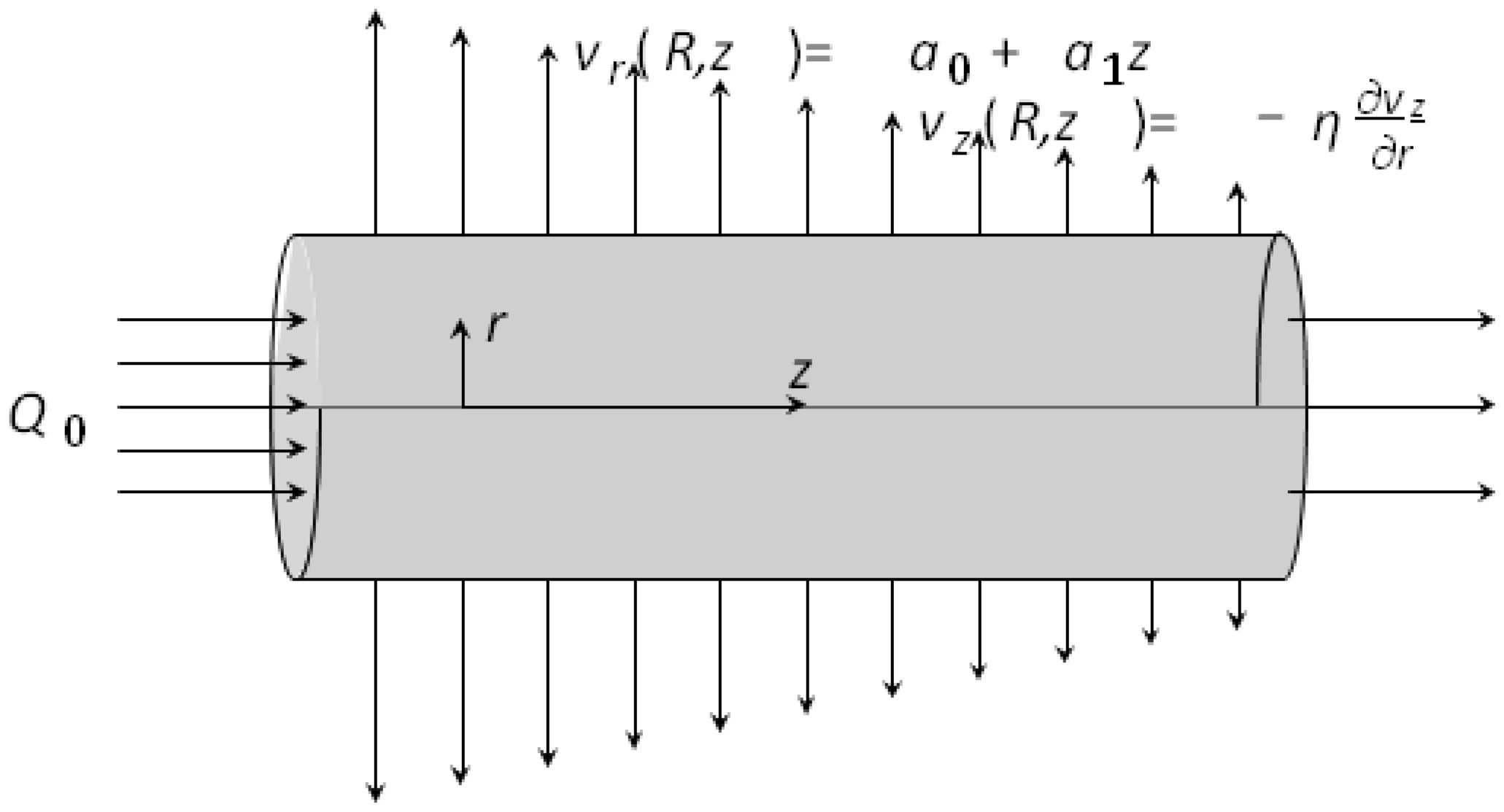
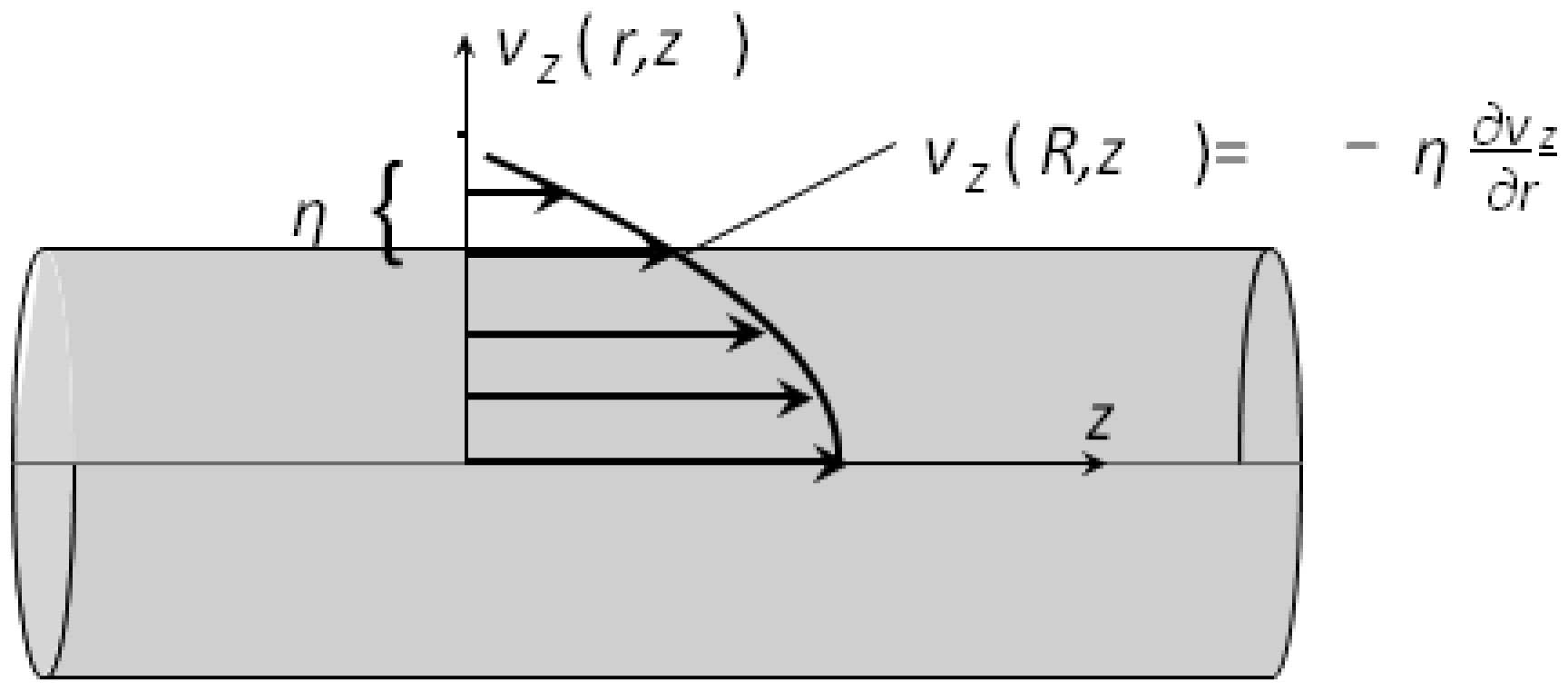
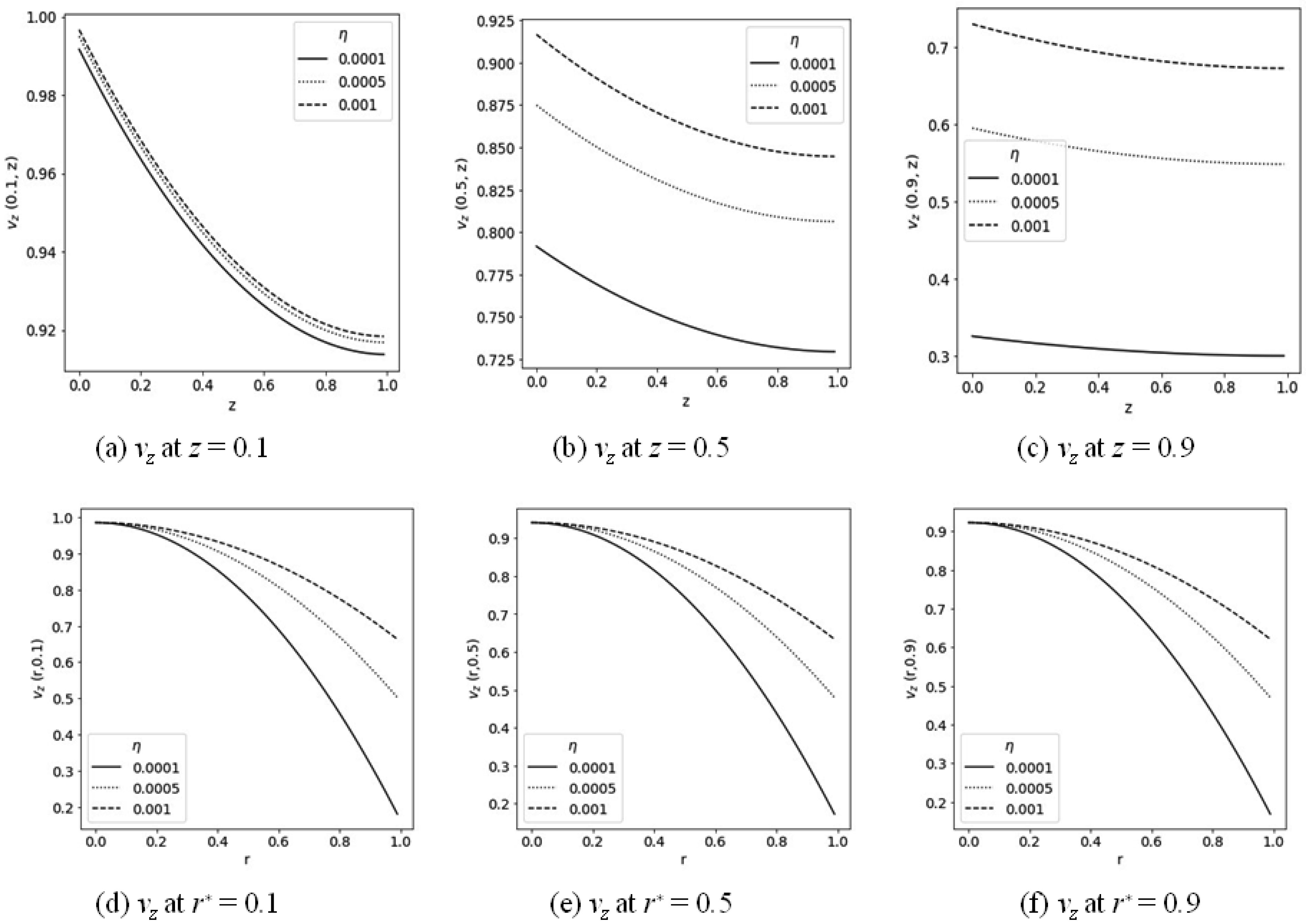
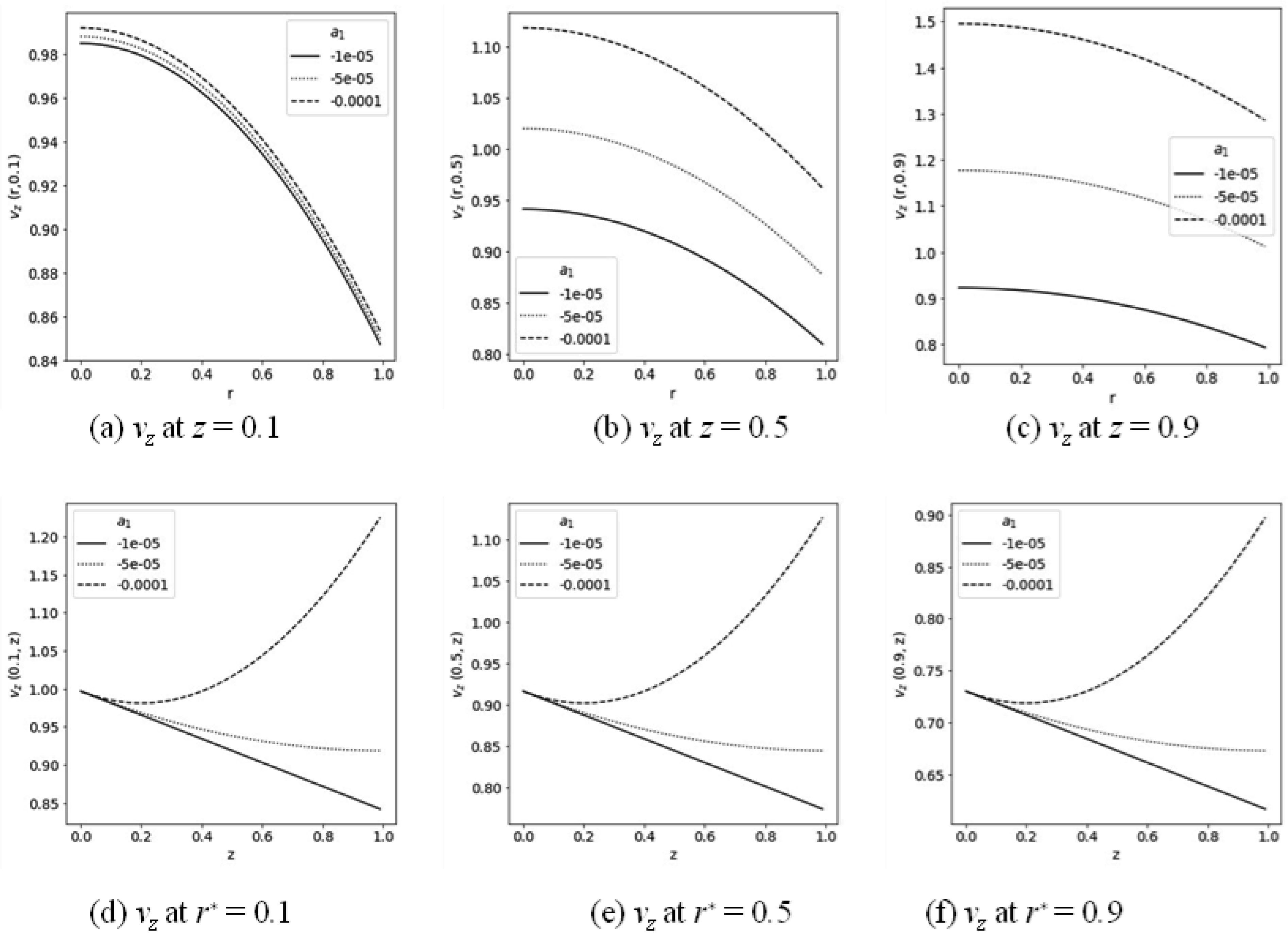
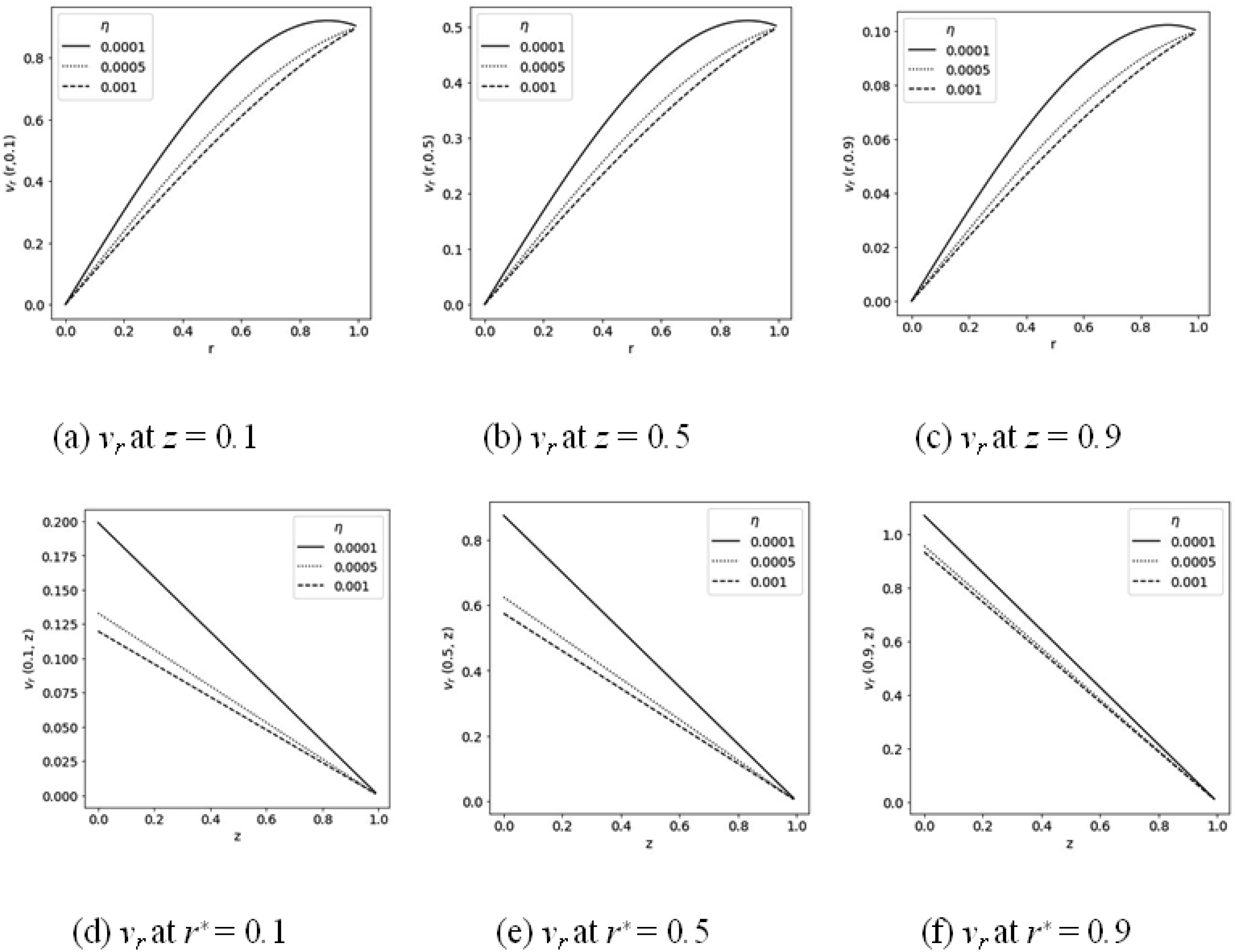
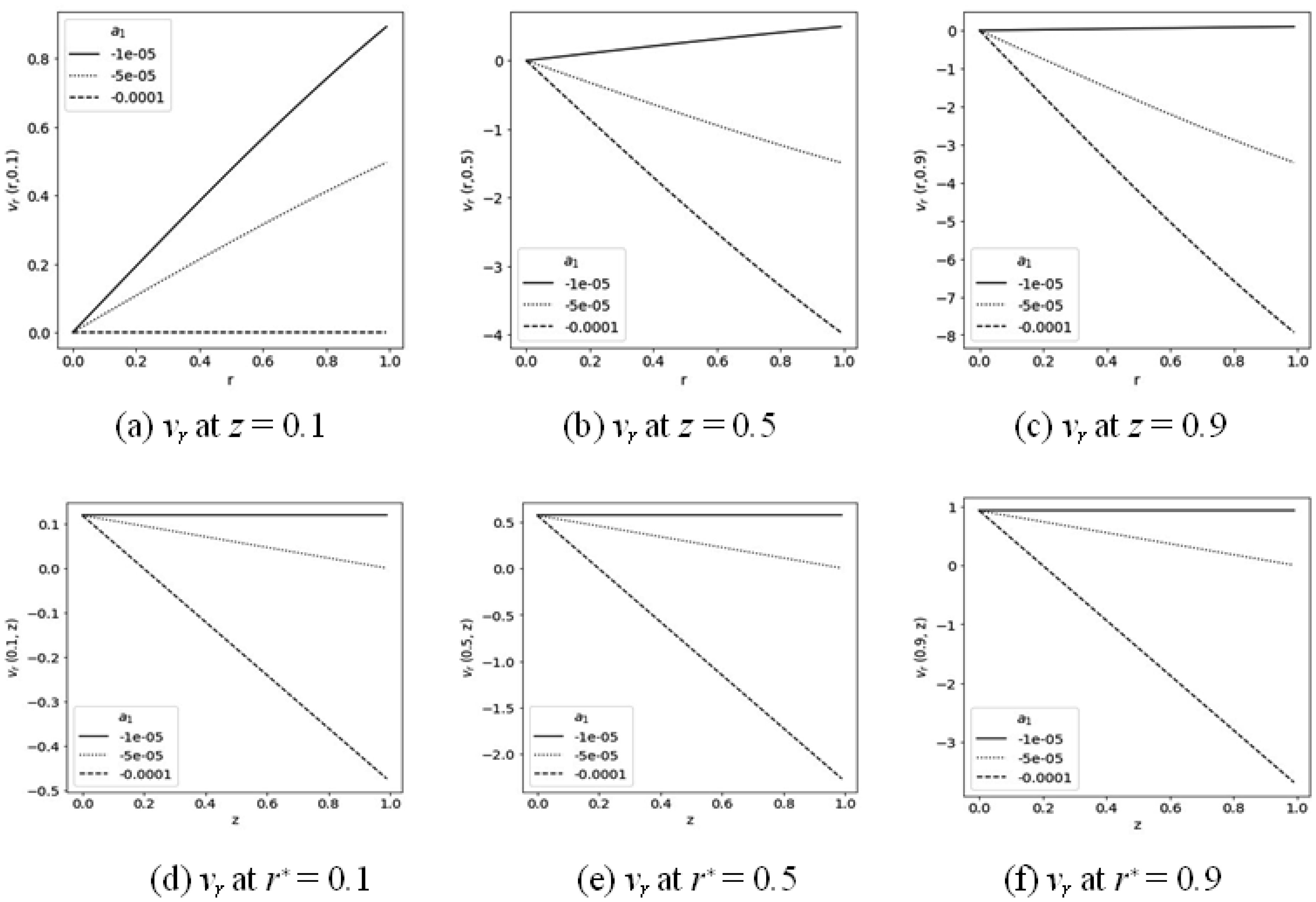
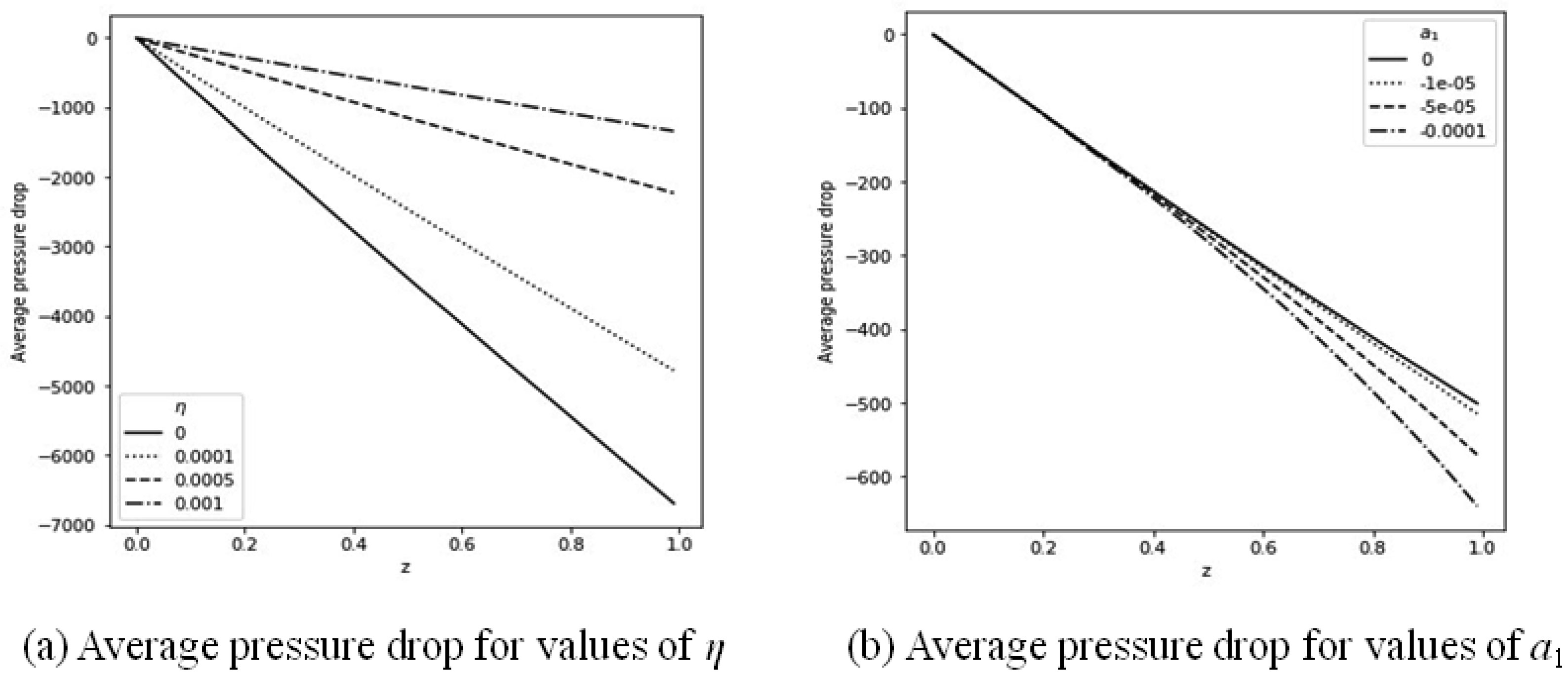
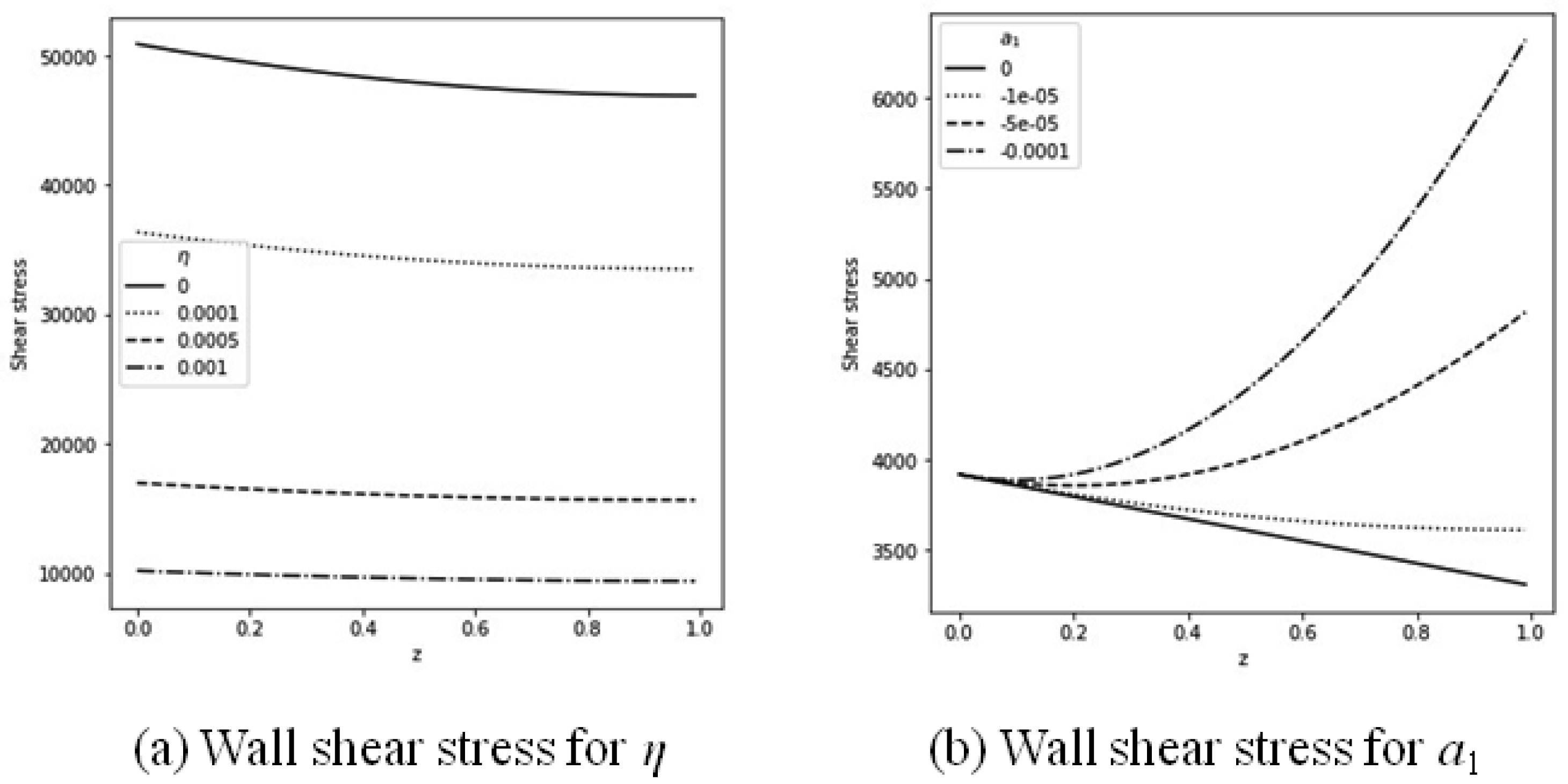


 DownLoad:
DownLoad: